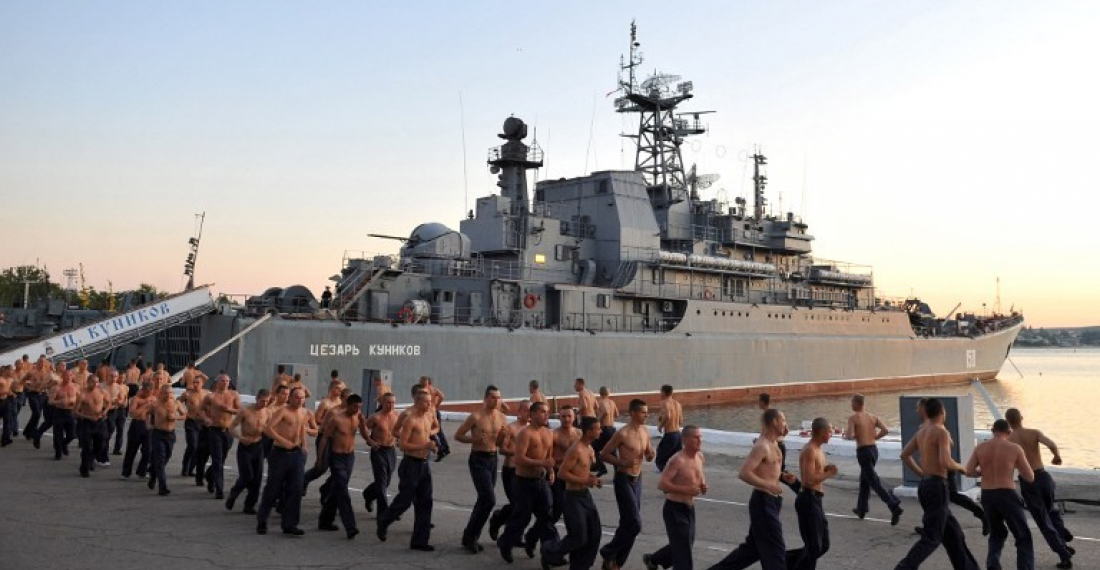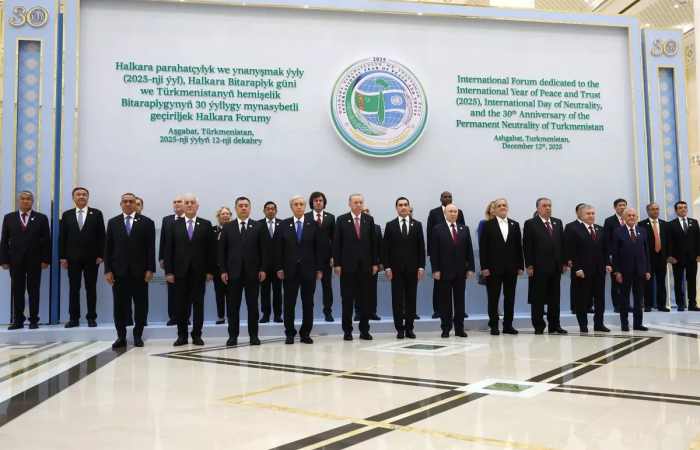The entire Russian Black Sea Fleet on Thursday started drills at sea or on naval bases to practice naval battles and emergency clean-up efforts, the Fleet’s press office reported on Thursday.
"A part of the ships is staying at combat training naval ranges and holding comprehensive shipborne drills for conducting a naval battle, air and anti-saboteur defense, eliminating sea and coastal targets, defending a ship during its anchorage in an unsafe roadstead and carrying out maneuvering in various conditions," the press office said in a statement.
"The other part of the Fleet’s forces is carrying out measures at naval bases where the sailors are practicing organizing everyday intra-ship activity, eliminating a notional fire or hull breaches as part of shipborne drills for ship damage control," the statement reads.
The drills involve the entire stock of the Black Sea Fleet’s ships, including the frigates Admiral Makarov and Admiral Grigorovich, the guard ship Pytlivy, the patrol vessel Dmitry Rogachyov, the missile corvettes Orekhovo-Zuyevo and Ingushetia, and also large amphibious assault ships, small anti-submarine warfare ships, submarines, minesweepers and the Fleet’s auxiliary vessels, the press office specified.
Aircraft and helicopters of the Black Sea Fleet’s naval aviation and air defense forces are providing support for the ships’ deployment to the sea, it said.
Earlier this week NATO Secretary-General Jens Stoltenberg criticised Russia for violating the territorial integrity of Georgia and Ukraine and said NATO was responding by building up its own deterrence posture, whilst continuing to seek dialogue with Russia.
"We see how Russia has deployed troops in violation of the wishes of different governments in our close neighbourhood, how Russia has illegally annexed Crimea, how they continue to destabilise eastern Ukraine, how there are Russian troops in parts of Georgia, and also how there are troops in Moldova, in Transnistria. And this is a violation of the territorial integrity of Moldova and is yet another example of how Russia far too often does not respect international law and the territorial integrity of countries, including Moldova."
The Russian Black Sea Fleet has 68 warships and more than 200 other ships, boats, submarines and support vessels. It is based in the port of Sevastopol in Crimea with other bases in Feodosia and Donuzlav, both also in Crimea and Novorossiysk in Krasnodar Krai. The fleet is led by Vice Admiral Igor Vladimirovich Osipov and has over 25,000 seamen and marines.
source: commonspace.eu with TASS (Moscow) and agencies
photos: Ship and sailors of Russia's Black Sea Fleet (archive pictures)






